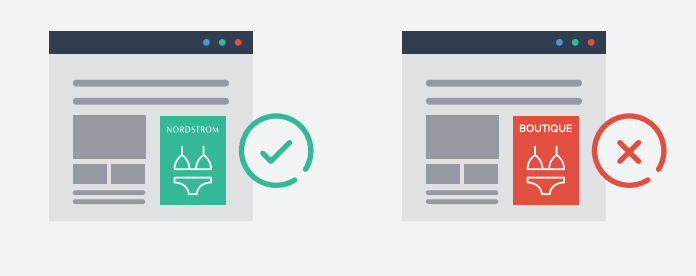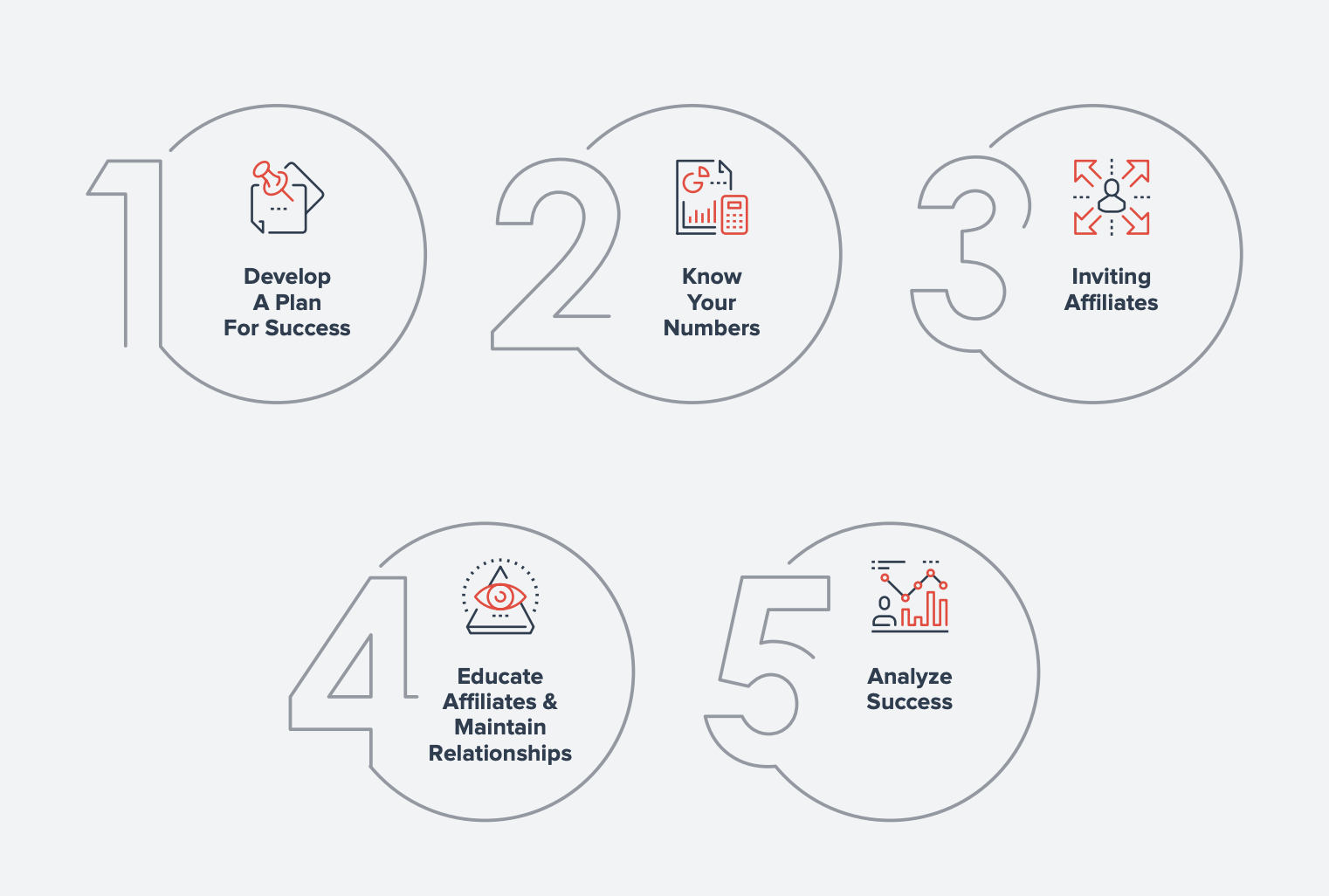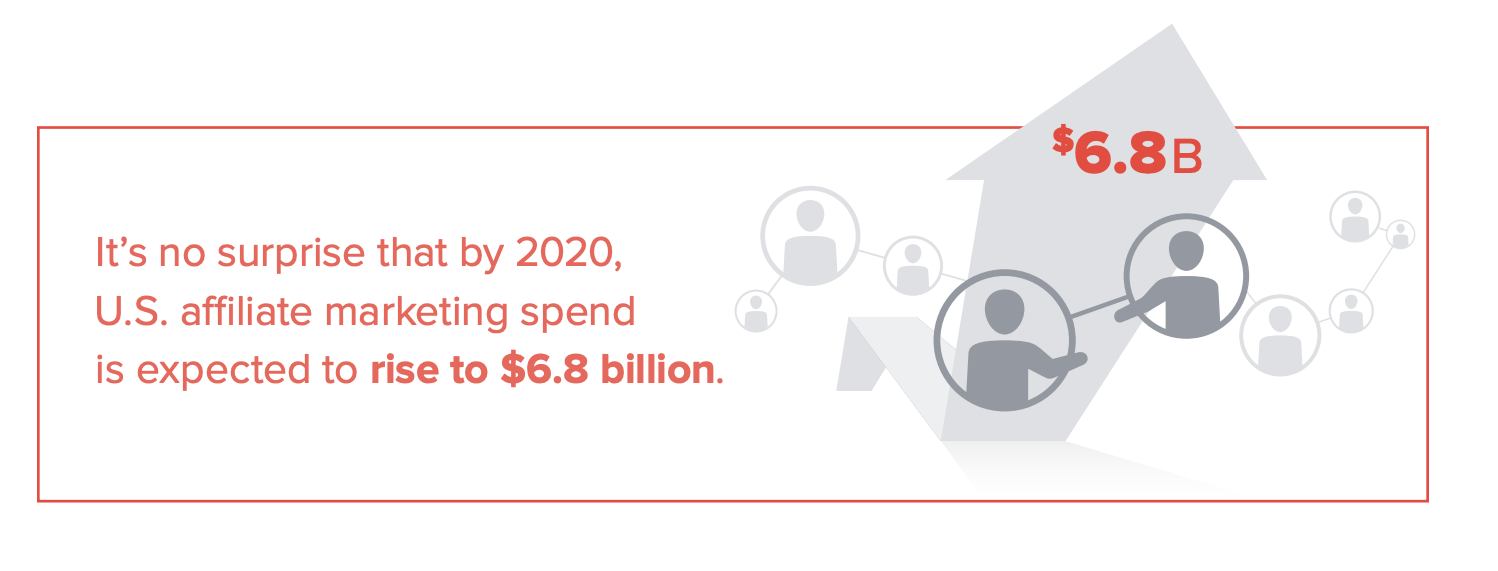6 min read
The Ultimate Affiliate Marketing Guide: Strategies for 2024
Team Ambassador Jan 24, 2025 12:00:00 AM

Developing strong relationships with your affiliates is key to the long-term success of any affiliate marketing program.
By focusing on partnerships with individuals and organizations that truly align with your brand’s values and goals, you create a more engaged and committed affiliate network. This approach not only drives better results but also fosters loyalty among your affiliates, leading to more sustainable growth.
Affiliate Marketing Networks: Do They Work?
Your brand doesn’t have direct control over those affiliate relationships: you aren’t hand-picking your affiliates, and because you’re renting your relationships, you’re subject to fluctuations in contracts from the network or agency. Long story, short: You are acting as the middle-man.
For example, if you’re an online swimwear boutique and are competing for ad space on an affiliate’s fashion website against a larger retailer, like Nordstrom, chances are you’re going to lose that battle. Most likely, Nordstrom’s affiliate commission budget is higher than yours and if they are offering to pay affiliates 8% of sales that convert and you’re offering only 5%; you can bet the affiliate is going to display Nordstrom’s ad over yours.

So, what’s a better way to approach affiliate marketing? In this eBook, we’ll cover:
- Developing authentic relationships with your affiliates
- Building an effective affiliate program
- Scaling with the right technology partner

Building Authentic Relationships with Affiliates
Traditionally, brands that leveraged affiliate marketing campaigns had to join a network to access affiliates. Attracting “affiliates” was an arduous process and, often, brands had to compete for “space” on an affiliate’s blog or website. This led to many bidding wars and higher commission rates, which at the end of the day, would lower the brand’s margins. Especially if your brand was newer to the market or less known than your competitor (who in turn, typically had deeper pockets).
Now while that process is still very much alive and kicking, it also leads us to how affiliate marketing has changed over the past decade. Today, more and more savvy marketers are taking ownership of affiliate marketing and are able to develop better working relationships.

While managing your own in-house affiliate network may take more work upfront, the affiliate partnerships created tend to be stronger, better for your business, and more authentic.
Here are three key steps that can help you take a partnership approach to working with affiliates:
- Seek out affiliates who connect strongly to your brand, its products, and values
If you decide to create an organic affiliate program, it’s time to start vetting potential affiliates. Seek out people who have an existing affinity for your brand – for instance, loyal customers who are already vocal about their love for you on social media or in product reviews on your website. The best affiliate content is created by affiliates themselves. By locating affiliates who are willing to serve as partners with a stake in your success, rather than just ad servers, you increase the likelihood of your campaign paying off with conversions and sales.
- Get creative with your affiliate content, and encourage creativity among your affiliates
Nowadays, affiliate content is more than just an Instagram post labeled #sponsored. Creative initiatives also include affiliates writing posts about your brand on their blog or website, featuring the affiliate on your own social media channels, or letting them do a takeover of your feeds for the day. When you attract your affiliate’s audience directly to your own platforms, you gain potential customers, and affiliates are very likely to share content that features them and their brand. Both sides of the equation have a brand to enrich, and creative campaigns are a good way to let both affiliate and company take ownership of the content and encourage cross-pollination among their audiences.
- Invest in your affiliates and be clear about terms, but don’t necessarily pay them upfront
Investing in your affiliates makes them feel valued and further incentivizes their participation. That said, unless you feel strongly that it will negatively impact your affiliate relationships, there is no reason that affiliates need to be paid upfront. This practice makes it too easy for affiliates to get paid, deliver a post, and then move on to the next brand that’s willing to pay them. That’s not really what you’re looking for in an affiliate anyway. Instead, turn your focus to investing in affiliates who will view your brand as a genuine partner, and establish clear guidelines around payment schedules, number of times they will mention your product, what platforms they will employ, and other relevant expectations.

Building An Effective Affiliate Program
Brands that leverage relationship building strategies typically have more affiliates in their programs that are aligned with business objectives, and can communicate the brand’s story in a way that personifies that company’s mission and ideals.
In fact, Amazon currently has over 900,000 worldwide members in its affiliate programs. More so, the Amazon Affiliate Program is used by over 1.2% of all websites on the internet. It’s been proven that affiliate marketing can drive new customer growth for your business and use indirect advocates to make sales.
Let’s dive in.
5 Best Practices to Run an Effective Affiliate Program

Step 1: Develop A Plan For Success
Know the stakeholders in your company who can help execute on the program. While marketing likely will handle the content & collateral, you’ll want to sync up with your tech team to add tracking codes to your website. Don’t forget to circle up with finance as well, depending on how you plan to pay those commissions. If you’re going to automate the process or scale an existing program, this is also when you want to start vetting technology vendors to find the right fit for you. The more prepared you are, the smoother and more successful your launch will be.
Step 2: Know Your Numbers
Affiliate marketing is about driving positive and efficient ROI for your company. Know your average customer acquisition cost (across other marketing channels) along with the lifetime value of those customers. Armed with this knowledge, you can create an incentive(s) that affiliates will appreciate while leaving a healthy margin for your company.
Figuring out the incentive structure can be tough but start with the basics. Do you want to give a percentage of the total sale or do you want to give a specific monetary bonus for a single product or service? Not sure what will work best for you? Check out these case studies to see what worked for other companies.
Step 3: Inviting Affiliates
The next step in the process is deciding whether you want to launch an internet-wide affiliate program, posting information that’s publicly available on your website, or if you want to keep it more exclusive and reach out to specific influencers or thought leaders.
Our expert take: It’s critical to curate, vet, and establish working relationships with the best and most relevant people to represent your products and/or services. As we mentioned before, a partnership approach lets your brand directly own the relationship with affiliates, rather than renting from a third-party network.
Step 4: Educate Affiliates & Maintain Relationships
Whether you choose to maintain your affiliate program using spreadsheets and manual processes, or invest in affiliate marketing software to automate the program, the next stage in the process is to continually educate your affiliates about new product launches, updates and offers. Some of our most successful clients choose to do this through monthly webinars or email updates, and others work 1:1 with influential affiliates to go over product details and perks. Your affiliates are almost like an in-house sales team – giving them the opportunity to stay up-to-date on your offerings will increase sales.
Step 5: Analyze Success
Data doesn’t do you a lot of good if you don’t interpret it. Every month, set aside time to sit down and analyze which affiliates are bringing the most business, and how they are doing this. Would it make sense to offer affiliate bonuses, or are there similar brands or people that could be beneficial to engage to join your program? By understanding trends and wins, affiliate marketing can quickly become a growth factor in your overall strategy.

Leveraging Technology to Scale Your Affiliate Program
As your affiliate program grows, managing relationships and tracking performance can become increasingly complex. This is where leveraging technology becomes crucial.
Using advanced affiliate management platforms allows you to automate repetitive tasks, monitor affiliate performance in real-time, and optimize your program for maximum ROI. By investing in the right tools, you can scale your affiliate efforts efficiently while maintaining high levels of engagement and performance.
The problem is that choosing the “right” affiliate tracking solution is easier said than done. With dozens of marketing channels and thousands of technologies to choose from, it’s increasingly difficult to decide where to allocate your time and budget.

And, if you’re not careful, you can waste weeks evaluating vendors that may not be able to meet your needs. Worse yet, you might find yourself stuck in a contract with one of those vendors, which depletes precious resources without adding any business value.
Choosing the Right Affiliate Management Platform
Let’s break down the “must-haves” when it comes to finding the perfect fit for your affiliate marketing needs.
1. Custom Registration
The ability to own, brand, and customize the recruitment and registration experience for the affiliates you want and need while keeping true to your brand. Control who receives access, when they do, and to what aspects of your program.
2. Affiliate Portal + Unique Share Affiliate Links
This feature is extremely important in order to proactively provide your affiliates with the assets, insights, and reporting they need to optimize engagement. This will also eliminate constant requests and streamline processes.
3. Enterprise Security & Fraud Detection
In today’s cyber world, you can never be too precautious. The platform you invest in should be able to provide complete control over terms and conditions while flagging any suspicious activity, and even ban affiliates. Especially for international brands that require GDPR compliance, your provider should be well-versed in rules and regulations.
4. Automated Cash Payouts
The ability to deliver real-time, or scheduled, automated cash payouts to your affiliates is a feature your partners will appreciate – no more manual checks, excel files, or logging into multiple accounts or systems.
5. Tiered Rewards
Want to pay out differently based on number of sales, revenue thresholds, or specific purchases? That shouldn’t be a problem if your affiliate tracking solution can structure different payout models based on affiliate type, sales generated, or special promotions.
6. Multiple Campaigns
In order to scale, you’ll need the ability to tailor specific programs, and commissions, or revenue shares for each affiliate campaign or affiliate segment, while ensuring the lead, sale, and commission are continuing to be tracked.

The Power of Affiliate Marketing
Using affiliate tracking software at all stages of the buyer journey – from discovery to ongoing customer engagement is the key to successful program management.
The brands that understand the importance of developing long-term relationships with their affiliates are the ones that see the best results. Once you establish authentic partnerships with members in your program that are aligned with business goals, you have the ability to grow your business with the right affiliates for your brand.
Unlock growth with referrals—request your free demo today and see the impact firsthand!
